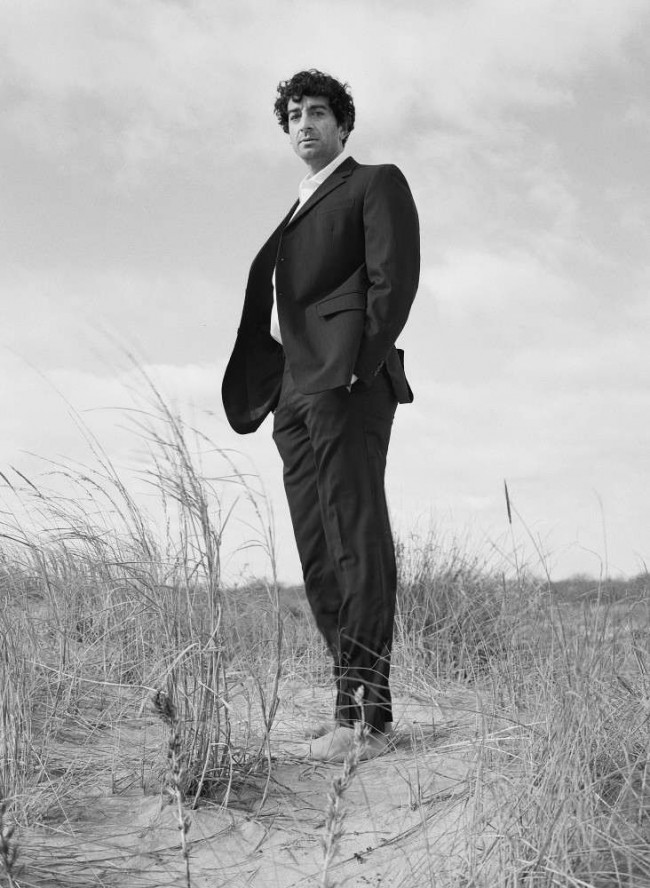PILLOW TALK: THE BED AS A PALIMPSEST FOR THE PSYCHE

For the last few months of her life, my grandmother was mostly confined to her bed, a small twin that could fold in half at the touch of a button. But when I usually think of her, I see her in a bed that could hardly be more different: a grand four-poster tufted with lilac ostrich feathers and canopied in lilac silk, with polished mahogany columns that twirl with the grace of St. Peter’s baldachin. Frivolous yet dominating, I’m sure I would hate it now. I’d never seen anything like it, and loved to burrow in its mountain of silky cushions. Grandpatti kept it dark in her room, blinds drawn, turning the Southern California light a deep amber, a touch of warmth on the white shag carpet. Another bright light usually pierced this funereal pall: Alex Trebek and his blue screens on Jeopardy!, her favorite teatime TV show. (Jane Russell, long afraid of hotels, would share Grandpatti’s bed on trips to L.A., but the star of Gentlemen Prefer Blondes refused to watch Jeopardy!)
We lived in that house for a while, and it wasn’t always so comfortable. Money was tight — my parents had foreclosed on our home and could no longer pay my sister’s school tuition. Grandpatti’s peachy Tudor was located in the Beverly Hills Unified School District. For my parents, the house was a prison, a reminder they were trapped by their finances. But for me, it was a glamorous refuge. I ran away from arguments I couldn’t understand, twirling in green velvet curtains, crawling along the crevasses in chintz couches, and racing through dark, musky closets of fur. The textures of my playground were a sensuous escape from problems that festered beneath the surface. Years later, Grandpatti’s bed seemed to swallow her up, its personality growing larger as she became more frail. I’d foist myself onto it and watch TV with her in silence, missing her quips, and feeling slowly smothered by the canopy’s weighty shadow. I think of those days every time I see Peter Hujar’s 1974 photograph of Candy Darling on her deathbed, the Warhol star’s ageless beauty strangely waxen and still. Candy’s bed consumes her, as if at any moment she might vanish into its sheets.

Peter Hujar, Candy Darling on Her Deathbed II, 1973. Courtesy Peter Hujar Archive
Felix Gonzalez-Torres’s Untitled (1991), a photograph of two bodily impressions on white pillows and a rumpled duvet, crystallizes that premonition of loss. Though a reference to his partner Ross, who died from AIDS-related complications, the trace of intimacy it records can make me wistful for the jouissance of casual sex or mournful for lovers and loved ones long gone. Gonzalez-Torres understood that the bed is a queer architectural form, a negative of whatever body inhabits it. When I adjust to fit its shape, that form leaves an imprint on my mind. I can feel all the bodies I have known, because I recall all the beds I’ve known them in.
I watched my first New York snowstorm through the single narrow window of my Bushwick bedroom, lying on a mattress on the floor. A native of the California desert, I knew nothing about “true” winter; those fat white snowflakes looked serenely beautiful, like down piling up along the sill. There was a soft impression on the pillow beside me, left by a boy I’d brought home the night before. He was visiting from London when his flight was cancelled due to the weather. I was sure he’d leave when he saw my shoebox apartment with its spare mattress, but he didn’t seem to mind — and in the morning, we sweated dark profiles onto the sheets, despite the lack of heat, before he went off into the flurry.
Like bodies, beds bruise easily. They warp with both love and abuse. Sweat and blood, cum and tears: we mark them with the most intimate excretions. My mattress is a borrowed comfort, but I know it has a story. On laundry day, I try to read its naked ridges for signs of its previous owner: who did they fuck there? Did they ever spill red wine while snuggled up to read a novel? Its stains connect me to another body I may never touch — remote yet erotic, like anonymous sex. I roll over into the cavity left by Freddie’s absence, and I try to feel his warmth in it: gone forever, yet somehow always there.
In 1979 the French artist Sophie Calle invited 23 people to sleep in her bed. It was a slow, quiet process that unfolded over weeks: each participant, some friends and others strangers, was asked to give Calle one full night’s rest under her observation. As always in Calle’s work, the lines between artist and subject were intentionally blurred, like a social anthropology study that trashes the accepted methods. In the photographs and text that make up The Sleepers, Calle is obsessed with each one’s smallest unconscious behaviors — do they snore? Do they toss? Do they mutter? — but she finds it impossible to separate these questions from her curiosity about who they are, and her awareness of where they lie. Twenty-three people, all connected by one thing, one person, one bed. Some disappear under the covers, while others barely sleep a wink. I wonder how I’d feel as just another head on someone else’s pillow. But I’m warmed by the thought that a bed can make me feel in communion with others; it’s the greatest comfort of all.
Text by Evan Moffitt.
Taken from PIN–UP 23, Fall Winter 2017/18.







